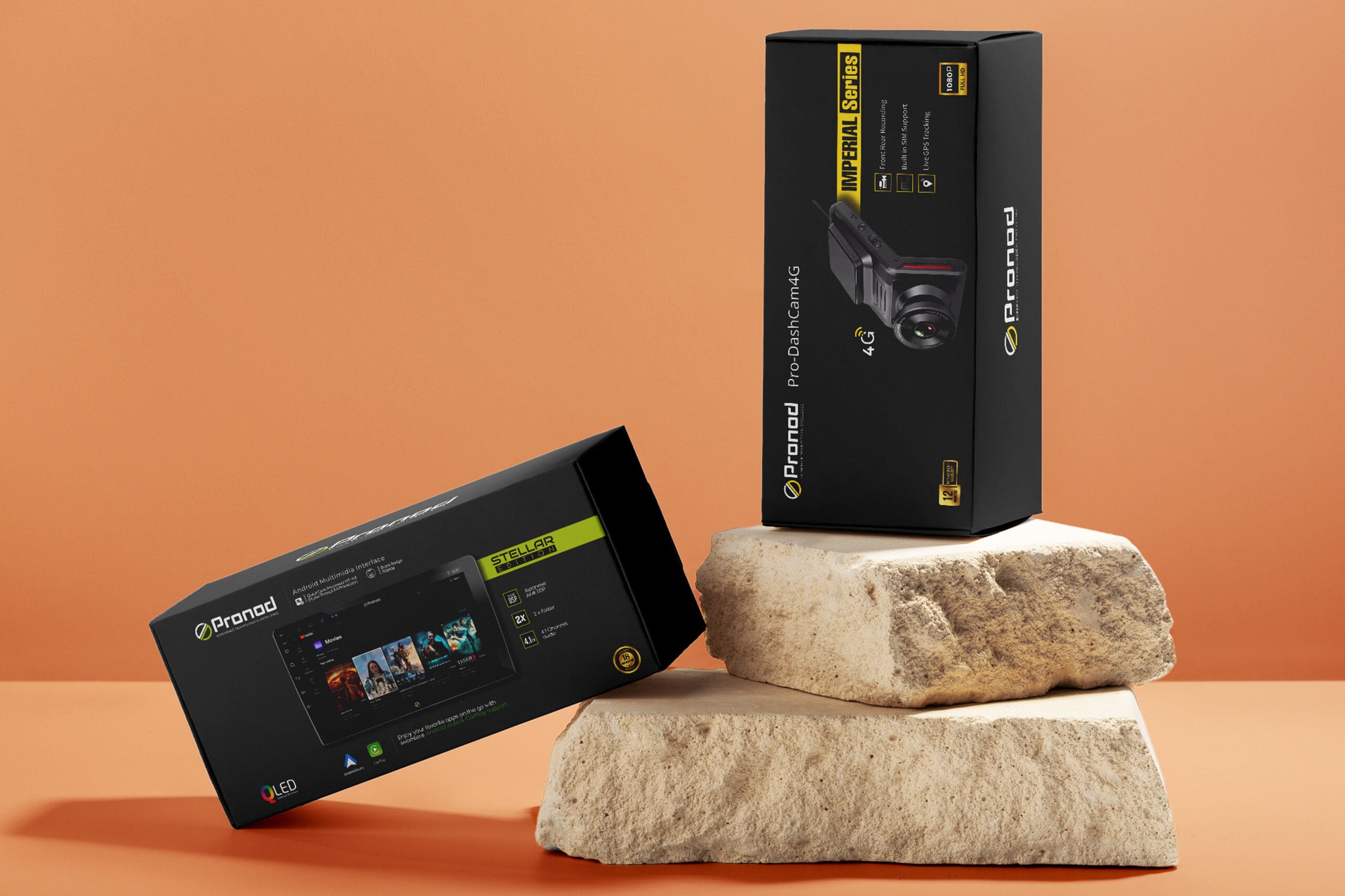Packaging design, though often overlooked, plays a crucial role in the consumer experience. From ancient containers to modern eco-friendly solutions, the evolution of packaging designs reflects changes in technology, culture, and consumer preferences. Let’s explore how packaging designs have changed over time and adapted to meet the needs of each era.
Ancient Beginnings: Function Over Form 🏺
In ancient times, packaging was all about function. Early humans used natural materials like leaves, animal skins, and woven baskets to store and transport food and goods. The main goal was to protect the contents from spoilage and damage.
Notable Innovations:
Clay Pots: Used by ancient civilizations such as the Egyptians and Greeks, clay pots were durable and ideal for storing liquids and grains. These pots were often decorated, adding an early element of design.
Amphorae: These ceramic vessels were commonly used in the Mediterranean for transporting wine and olive oil. Their shape made them easy to stack and store, and they often featured intricate designs to indicate their contents and origins.
The Industrial Revolution: Birth of Mass Production 🏭
The Industrial Revolution brought a significant shift in packaging design. Mass production created a need for standardized, cost-effective packaging solutions. Materials like glass, metal, and paper became widely used, and packaging began to serve both protective and promotional purposes.
Notable Innovations:
Canning: Introduced in the early 19th century by Nicolas Appert, canning allowed food to be preserved for longer periods, revolutionizing food storage and distribution.
Paper and Cardboard: These materials became popular because they were cheap and versatile. The invention of the paper bag and the corrugated cardboard box provided lightweight and sturdy packaging options.
The 20th Century: Rise of Branding and Convenience 🎨
In the 20th century, packaging evolved from being merely functional to becoming a powerful marketing tool. With the rise of consumer culture, companies began to use packaging to differentiate their products and build brand identity. Design, color, and typography became essential parts of the packaging.
Notable Innovations:
Plastic Packaging: After World War II, plastic became the material of choice for packaging due to its flexibility, durability, and low cost. It allowed for innovative designs and convenience features like resealable bags and twist-off caps.
Aseptic Packaging: Developed in the 1960s, aseptic packaging allowed perishable goods to be stored without refrigeration, significantly extending their shelf life. This technology was especially important for the dairy and juice industries.
The Digital Age: Smart and Sustainable Solutions 💡
The digital age brought new challenges and opportunities for packaging design. Consumers became more environmentally conscious, and brands responded with innovative, sustainable solutions. Technology also began to play a larger role in packaging.
Notable Innovations:
Eco-Friendly Packaging: Materials like biodegradable plastics, recycled paper, and plant-based alternatives became popular as consumers demanded greener options. Companies focused on reducing their environmental footprint by using less material and designing for recyclability.
Smart Packaging: Technology such as QR codes and RFID tags started being used in packaging, providing consumers with information about the product, enhancing brand engagement, and improving supply chain management. Examples include packaging that changes color to indicate spoilage and interactive packaging that connects to mobile apps.
The Future: Adaptation and Innovation 🚀
Looking to the future, packaging design will continue to evolve, driven by technological advancements, environmental concerns, and changing consumer expectations. Here are some key trends to watch:
Circular Economy: Emphasizing reuse and recycling, the circular economy aims to minimize waste and make the most of resources. Packaging designs will increasingly focus on sustainability, with innovations such as reusable packaging systems and compostable materials.
Personalization: Advances in digital printing and data analytics will enable brands to create personalized packaging experiences, strengthening consumer connections. Customizable packaging that reflects individual preferences and seasonal themes can enhance the consumer experience.
Smart Packaging 2.0: With the rise of the Internet of Things (IoT), packaging will become even smarter, offering real-time tracking, interactive features, and enhanced functionality. Future smart packaging may include features like temperature control for perishable items, augmented reality (AR) for immersive brand experiences, and embedded sensors that monitor product freshness.
Conclusion 🎯
The evolution of packaging design shows how human ingenuity and adaptability have shaped the way we store, transport, and experience products. From ancient clay pots to cutting-edge smart packaging, each era has brought innovations, reflecting the values, technologies, and aesthetic sensibilities of its time.
Packaging has always been more than just a means to an end; it mirrors the progress of society and technology. As we look to the future, the challenge will be to balance functionality, sustainability, and consumer appeal. Incorporating cultural influences, adapting to technological advancements, and addressing environmental impacts will continue to shape the packaging industry. The journey of packaging design is far from over, with exciting developments on the horizon that will continue to enhance our interaction with products in every aspect of life.
Is your brand ready to innovate its packaging design? At Studio Foliate, we specialize in creating advanced, sustainable, and personalized packaging solutions that resonate with consumers. Contact us today to see how we can help you stay ahead of the curve and make a lasting impression. Let’s design the future together!

